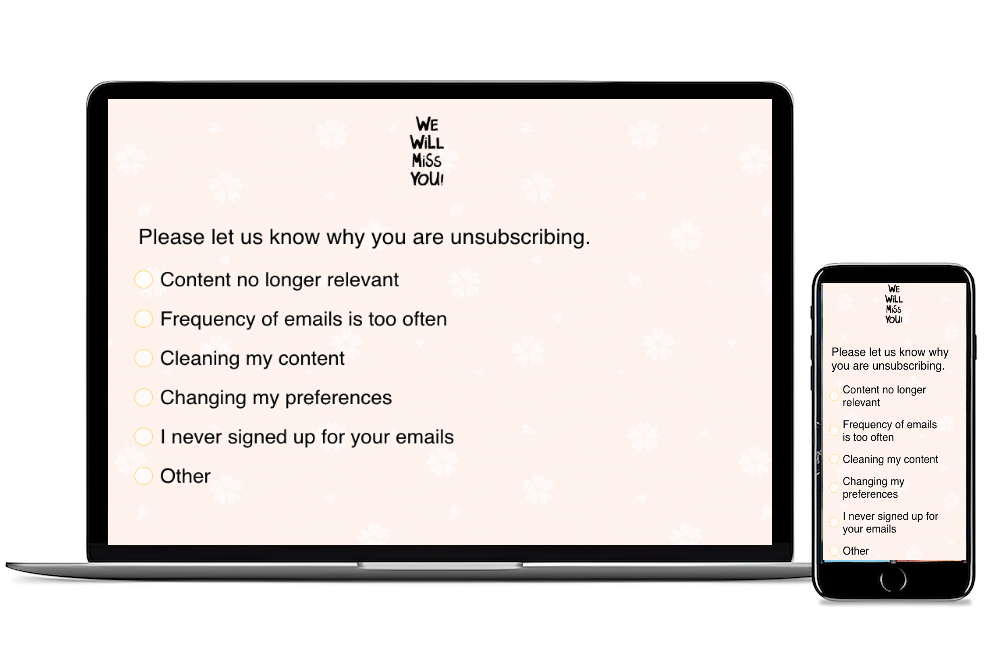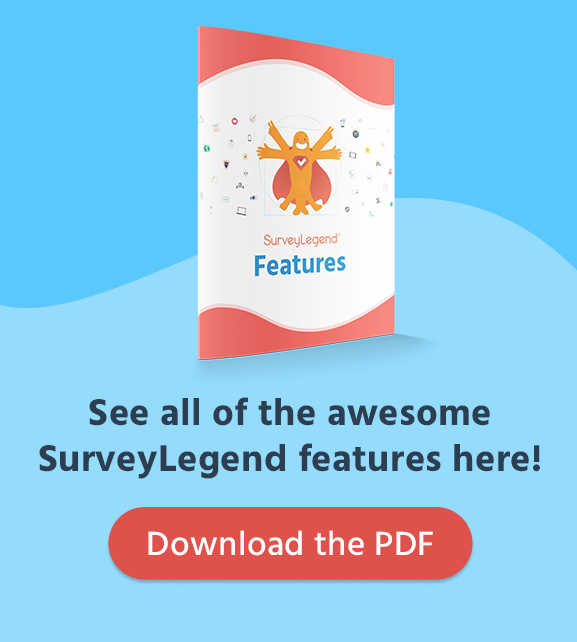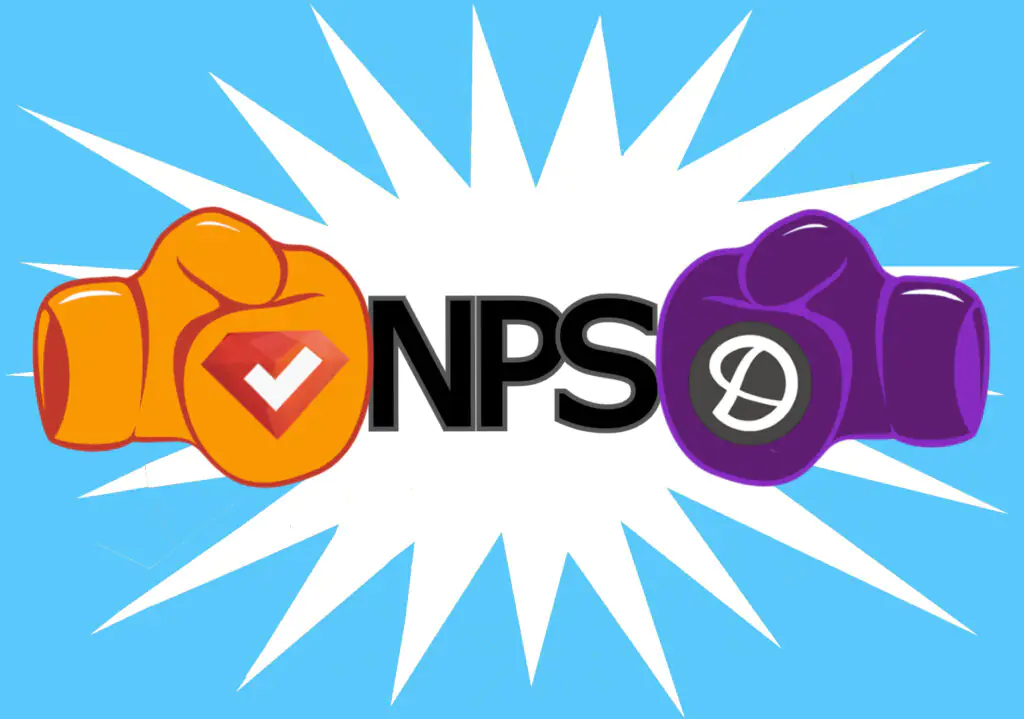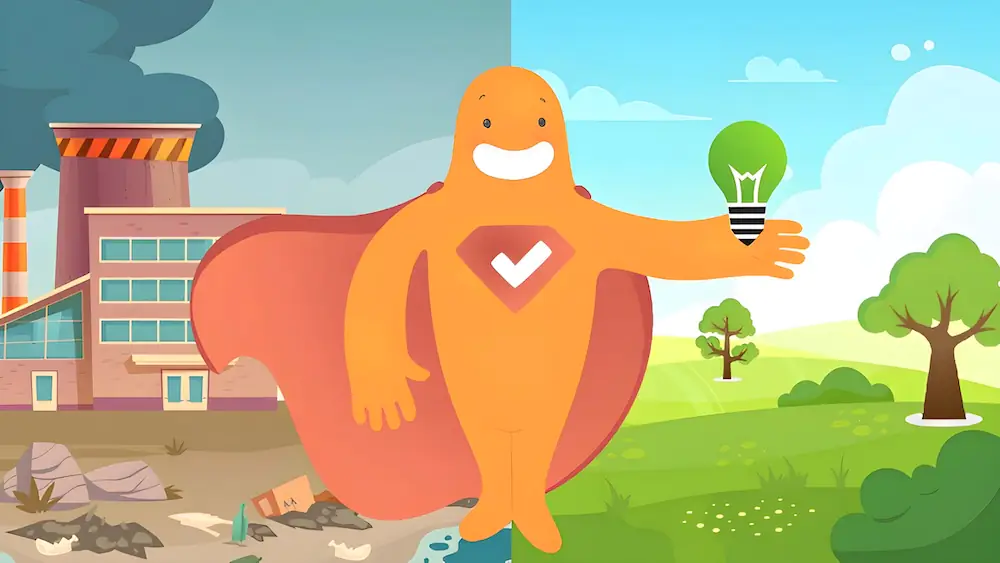As business owners or marketers, we hate to see people go – but it happens. The best thing we can try to do is to learn why, which is where a cancellation survey comes in. This type of survey can give us insight into the minds of our customers. It further helps us to learn why they’ve chosen to part ways with us.
Create Your FREE Unsubscribe Survey, Questionnaire, or Poll Now!
What is an Unsubscribe Survey?
An unsubscribe survey, sometimes called an exit survey, is a feedback tool used by companies and organizations when someone decides to unsubscribe or opt-out from their email or communication lists. When a user clicks on the “unsubscribe” link in an email, they may be directed to a survey or feedback form asking for their reasons for unsubscribing.
The purpose of an unsubscribe survey is to gather valuable information about why individuals are choosing to stop receiving communications. This feedback can help organizations understand the reasons behind the decision to unsubscribe, identify areas for improvement, and make adjustments to their communication strategies.
Typical Unsubscribing Procedure
Most likely, you’ve unsubscribed in email lists of your own. The typical process to unsubscribe from an email list looks like this:
- A subscriber opens a recent email from you.
- They decide the email content is no longer relevant to them (hopefully, the survey will uncover the reasons why this is true).
- The subscriber scrolls to the bottom of the email and chooses “Unsubscribe,” typically located in the footer of the email.
- Clicking “Unsubscribe” redirects the subscriber to a page where you can confirm their action (e.g., “You’re now unsubscribed.”) and invite them to answer your unsubscribe survey (e.g., “Please let us know why you unsubscribed.”)
- Another option is to send a final opt-out email, which would again confirm the cancellation but ask for input as to why the subscriber has decided to leave.
Create Your FREE Unsubscribe Survey, Questionnaire, or Poll Now!
Unsubscribe Survey Questions
Typically, an unsubscribe survey may include questions about the following:
- Reasons for unsubscribing: Users generally select from a list of reasons. This may include receiving too many emails, content not relevant, or changing preferences. They may also state that they never subscribed to your emails. If this is the case, they may feel that the email is spam or that they want to unsubscribe from junk email.
- Feedback on content: Some surveys may ask for specific feedback on the content of the emails, such as whether the information was helpful, interesting, or aligned with the user’s expectations.
- Frequency preferences: Organizations might inquire about how often users would prefer to receive communications or if there are specific types of content they are more interested in.
- Suggestions for improving: Users may be given an opportunity to provide open-ended feedback or suggestions for how the organization could enhance its communication strategies.
The goal is to turn the unsubscribe process into an opportunity for engagement and improvement, demonstrating that the organization values the opinions and preferences of its audience. This information can be valuable for refining marketing strategies, optimizing content, and retaining subscribers in the future.
A word of warning: Don’t make it difficult to unsubscribe. Some companies require customers to log in, complete CAPTCHA forms, or even hide their unsubscribe option. This is just going to irritate users more.
Create Your FREE Unsubscribe Survey, Questionnaire, or Poll Now!
Unsubscribe Survey Example
Here’s a look at an unsubscribe survey created with our free survey maker tool. As you can see, unsubscribe surveys tend to be very simple. The person has chosen to leave the ‘relationship,’ so you want to make it simple for them to provide feedback.
When using SurveyLegend, our free online survey tool will automatically collect responses, providing valuable data that you can analyze to identify trends and common themes among departing customers. You can then use this information to develop strategies for customer retention and improving the customer experience. Learn more about creating a survey here.
In the example below, the survey states that the company will miss the subscriber and asks if they can provide information as to why they are leaving.
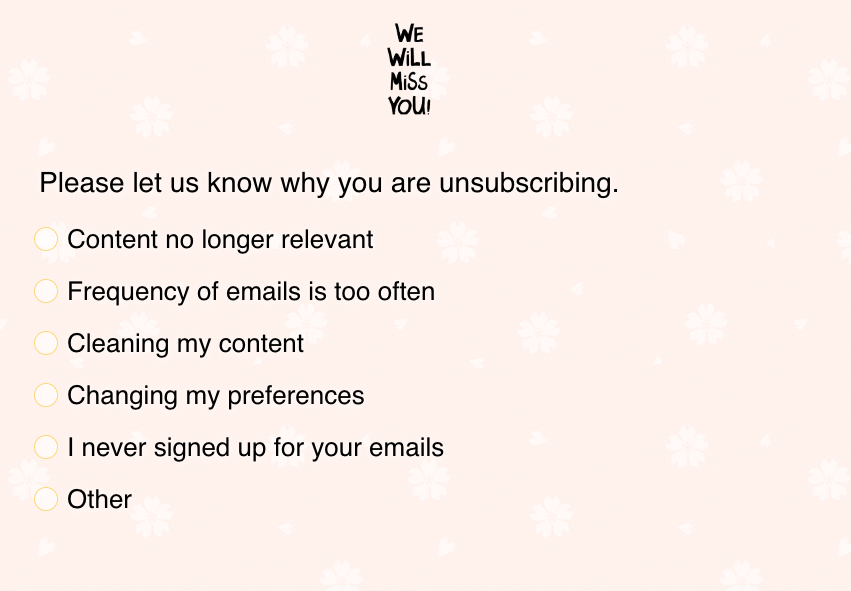
Conclusion
Losing a customer can sting, but a customer unsubscribe survey can help lessen it. Using them, companies can learn why there is customer churn and work to improve customer retention. Ready to create your survey? Start today with SurveyLegend!
Have you ever unsubscribed or canceled via email? How was the experience? Could a follow-up survey have made you reconsider? Let us know in the comments!
Create Your FREE Unsubscribe Survey, Questionnaire, or Poll Now!
Frequently Asked Questions (FAQs)
An unsubscribe survey is a simple form that people can choose to fill out after opting-out of online communications with a company or organization.
The unsubscribe survey, or exit survey, can provide information that they can use to hopefully retain customers in the future. This could mean more engaging content, less frequent emails, and so on.
Customer churn, which reflects the loss of recurring revenue and can impact overall profitability for a company, can be reduced with unsubscribe surveys by giving companies information they can use to improve, thus retaining other customers or subscribers. Be sure to read the SurveyLegend blog on customer churn.
